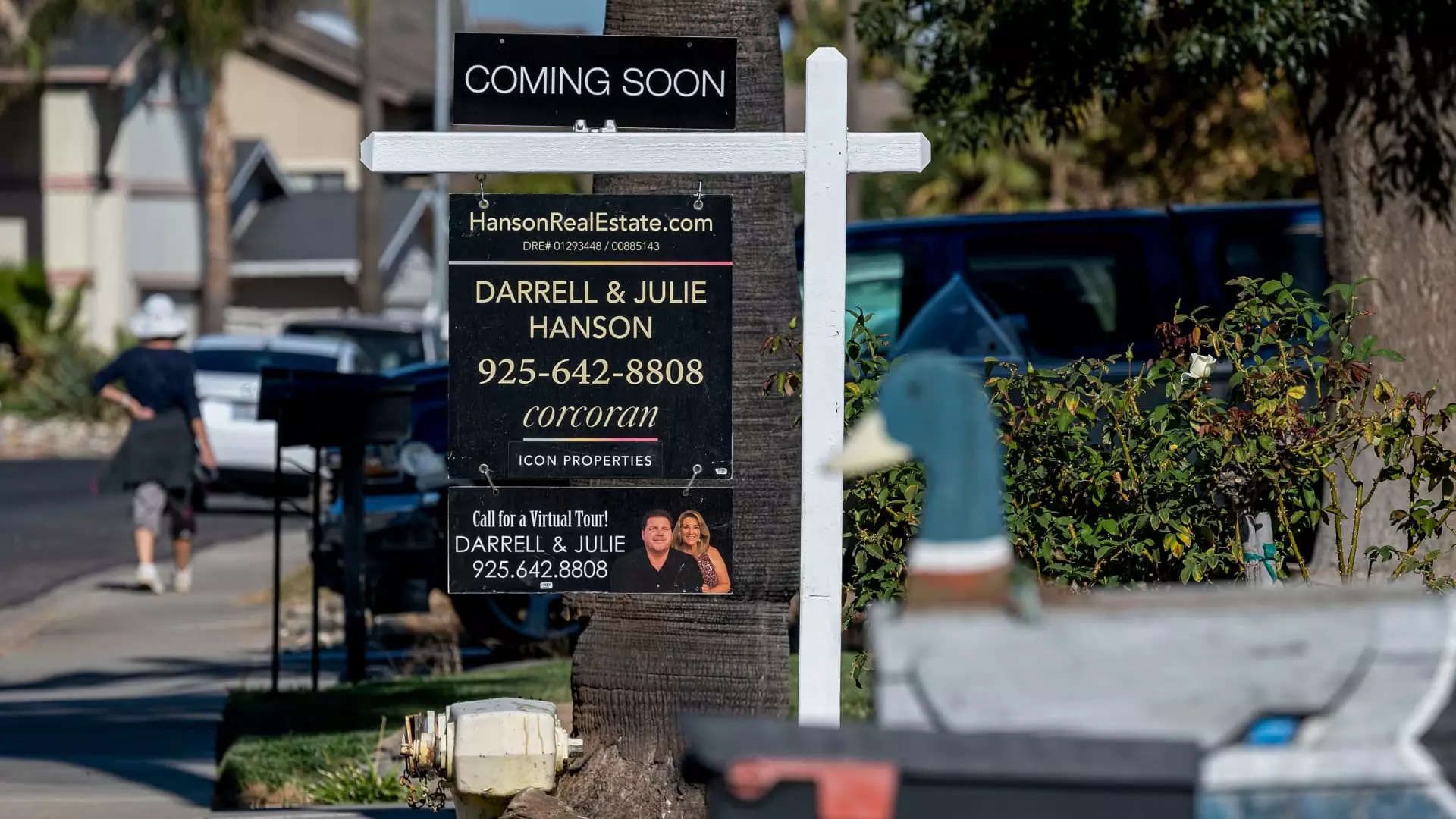In a climate of economic fluidity, mortgage rates have witnessed a notable escalation over the past week. As the implications of a Trump presidency loom large over financial markets, stakeholders have been cautiously navigating the potential shifts in economic policy. According to the Mortgage Bankers Association’s latest report, total application volume in the mortgage sector saw a marginal increase of just 0.5%. While this may appear nominal, it signifies the first uptick in demand after a prolonged period of stagnation lasting seven weeks.
The average interest rate for a 30-year fixed-rate mortgage with conforming loan balances (capped at $766,550) has crept up from 6.81% to 6.86%. Even with a slight decrease in points, from 0.68 to 0.60, connected with a 20% down payment, what remains evident is the overarching trend of rising mortgage rates driven by external economic factors—a key concern for potential home buyers and homeowners looking to refinance.
Experts suggest that these fluctuations in mortgage rates can be directly tied to the bond market’s response to evolving fiscal policies anticipated under the new presidential administration. Joel Kan, deputy chief economist at the Mortgage Bankers Association, noted that the increase in mortgage rates aligns with higher Treasury yields. He emphasized that the recent 25-basis-point rate cut by the Federal Reserve had been largely anticipated and thus failed to make a significant impact on market movements.
Additionally, the landscape for refinancing has shown a decrease in applications, down 2% to its lowest level since May. This trend is noteworthy considering that refinancing is typically responsive to shifts in interest rates. Despite the downward trajectory, year-over-year data suggests applications are still up by 43%, illustrating that last year’s higher rates have impacted current refinancing behavior.
On the other hand, applications for new home purchases have recorded a modest 2% increase over the past week and are also 1% ahead compared to last year at this time. Even though prospective buyers may benefit from somewhat lower rates than a year ago, they face the ongoing challenge of inflated home prices against a backdrop of limited housing inventory. Current market dynamics remain tight, dissuading potential buyers from entering the market fully.
Encouragingly, there have been pronounced increases in applications for loans backed by the Federal Housing Administration (FHA) and the U.S. Department of Veterans Affairs (VA), with rises of 3% and 9%, respectively. This suggests that specific programs continue to gain traction among home buyers despite general market pressures.
Overall, the mortgage landscape is currently influenced by various interconnected factors, including ongoing election-related volatility and anticipated legislative changes. Matthew Graham, the COO of Mortgage News Daily, encapsulates this sentiment by stating that the market is grappling with a “complex set of considerations.” As the market adjusts to these influences, stakeholders are likely to remain alert, mindful of both immediate shifts in mortgage rates and broader economic repercussions in the years to come.
The evolving nature of mortgage rates underscores the fine balance between economic expectations and market realities, making it crucial for both buyers and industry professionals to stay informed and adaptable in this fluid environment.

